What is UX Design?
Have you ever been on a website and instantly felt frustrated, confused, or overwhelmed? This could be due to a poor user experience (UX) design. UX design is the process of creating products—like websites, software applications, games—that provide meaningful and relevant experiences to users. It’s focused on usability and the overall experience of the user as they interact with your product.
UX designers take into account how the user interacts with a product from start to finish. This includes everything from the initial research stages to launch, including how easy it is for users to understand your product or service and how easy it is for them to navigate around its features and functions.
Why Design Matters in User Experience
The design of your product can be just as important as the features it offers because it dictates how users interact with that product. The best designs are intuitive, meaning that users don’t have to think too hard about what they’re doing or where they need to go next in order to complete their task. If users have trouble understanding how your product works, then chances are they’ll give up before completing their goal.
The importance of UX design lies in its ability to create an enjoyable experience for users—one that makes them feel like they accomplished something worthwhile without having had too much trouble along the way. It also allows you as a business owner or developer to identify any potential issues before launching your product so you can make changes accordingly and avoid any major headaches down the road.
UX Design Elements Every Product Should Incorporate
There are several elements that should always be taken into account when designing a new product:
– User Research: Before starting any project, UX designers conduct research into their target audience’s needs and preferences so they can better understand what types of solutions would work best for those users. They may ask questions such as who will be using this product? What problems does it solve? What type of interface would be most intuitive for them? By conducting this research before beginning any design process, UX designers can ensure that their final solution meets all of its intended goals while providing an enjoyable experience for its users at every stage in between.
– Usability Testing: Usability testing involves putting your prototype in front of actual potential customers so you can observe how they interact with your interface and identify areas where improvements might need to made prior to launch day. This feedback allows designers to make changes quickly and easily rather than spending valuable time trying out ideas blindly until something works better than before (which could lead them down expensive dead-end paths).
– Content Strategy: Content strategy looks at more than just words; it involves looking at imagery, videos and other visual cues used throughout a website or application so that these elements work together harmoniously in order enhance usability while also creating an aesthetically pleasing experience for visitors/users alike. Content strategists look at everything from colour palettes used on individual pages through navigation menus all the way down text formatting techniques – all with the aim of ensuring visitors get exactly what they want out of their visit without feeling frustrated or confused by unfamiliar elements onscreen at any point during their journey through your site/product/service etc..
– Visual Design: Visual design refers specifically towards aesthetics; this includes everything from typography choices through colour palettes right down small details like button shapes etc.. Visual designers make sure everything looks attractive but also serves a purpose within each page – ensuring good use was made out all available real estate without cluttering up important information sections with needless graphics etc..
– Interaction Design: Interaction design focuses on making sure visitors understand exactly what is expected from them when interacting with certain elements such as buttons & forms etc.. This step ensures visitors feel comfortable navigating around different areas within products; if done correctly this should prevent confusion caused by unclear instructions or unexpected outcomes after clicking certain elements which could otherwise lead customers away from desired end goals (such as checkout completions).
– Accessibility: Accessibility goes beyond just making sure visuals look good – it focuses on ensuring everyone has equal access regardless abilities & disabilities such individuals may have; this includes both physical impairments through cognitive impairments too! In essence accessibility aims towards removing barriers which might otherwise prevent certain individuals from using products effectively (if at all!).
Conclusion
User Experience (UX) design plays an integral role when creating digital products; by taking into account various factors such as user research through accessibility requirements during development stages you should ensure end results provide meaningful & relevant experiences whilst also being easier & more pleasant for customers use than comparable alternatives currently available on market today!






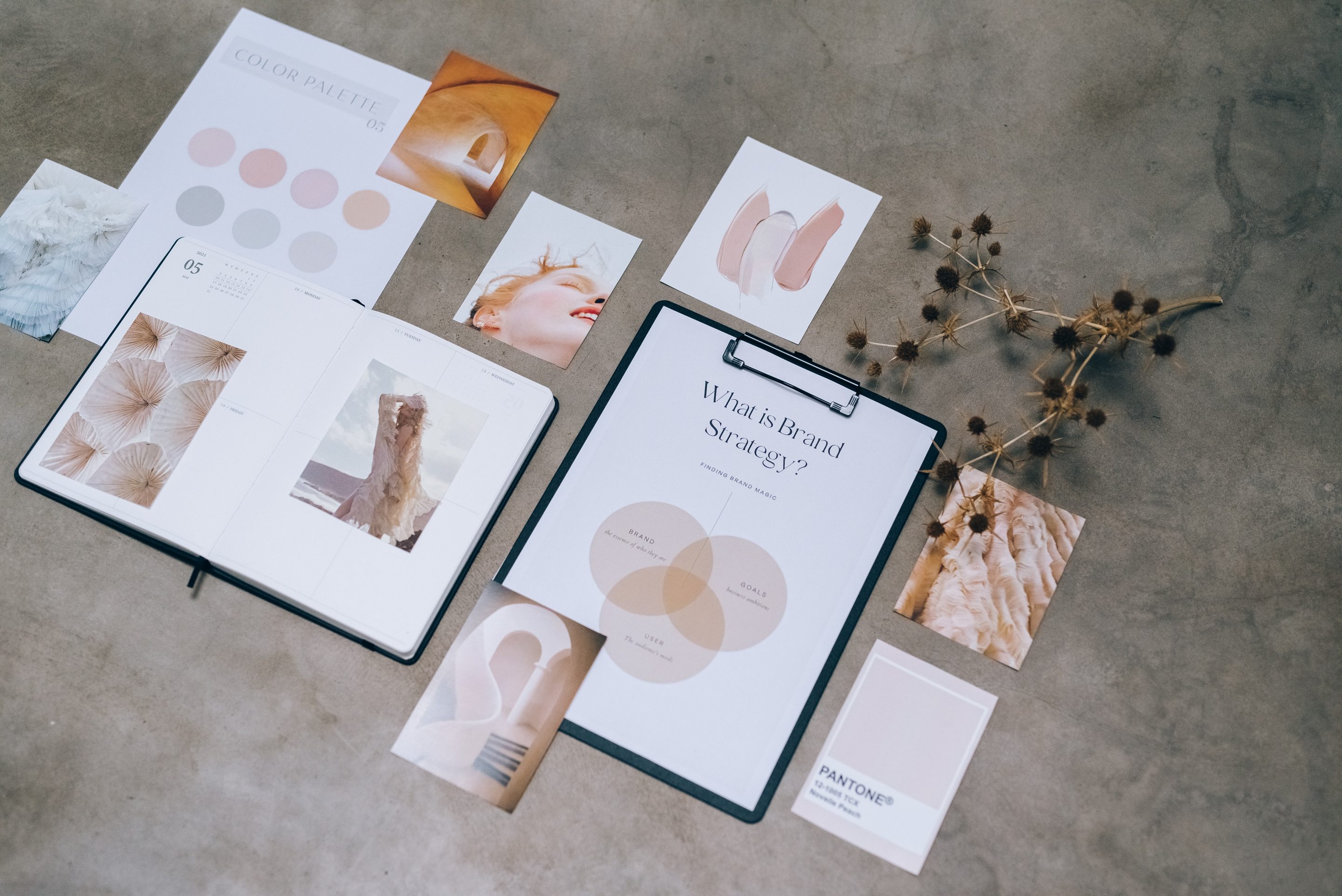









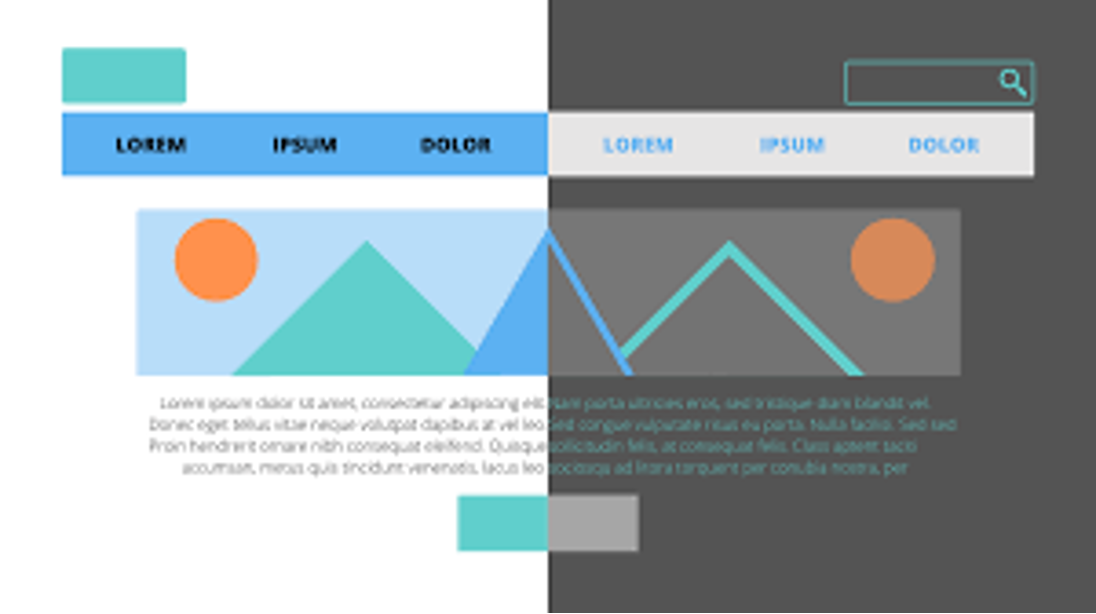



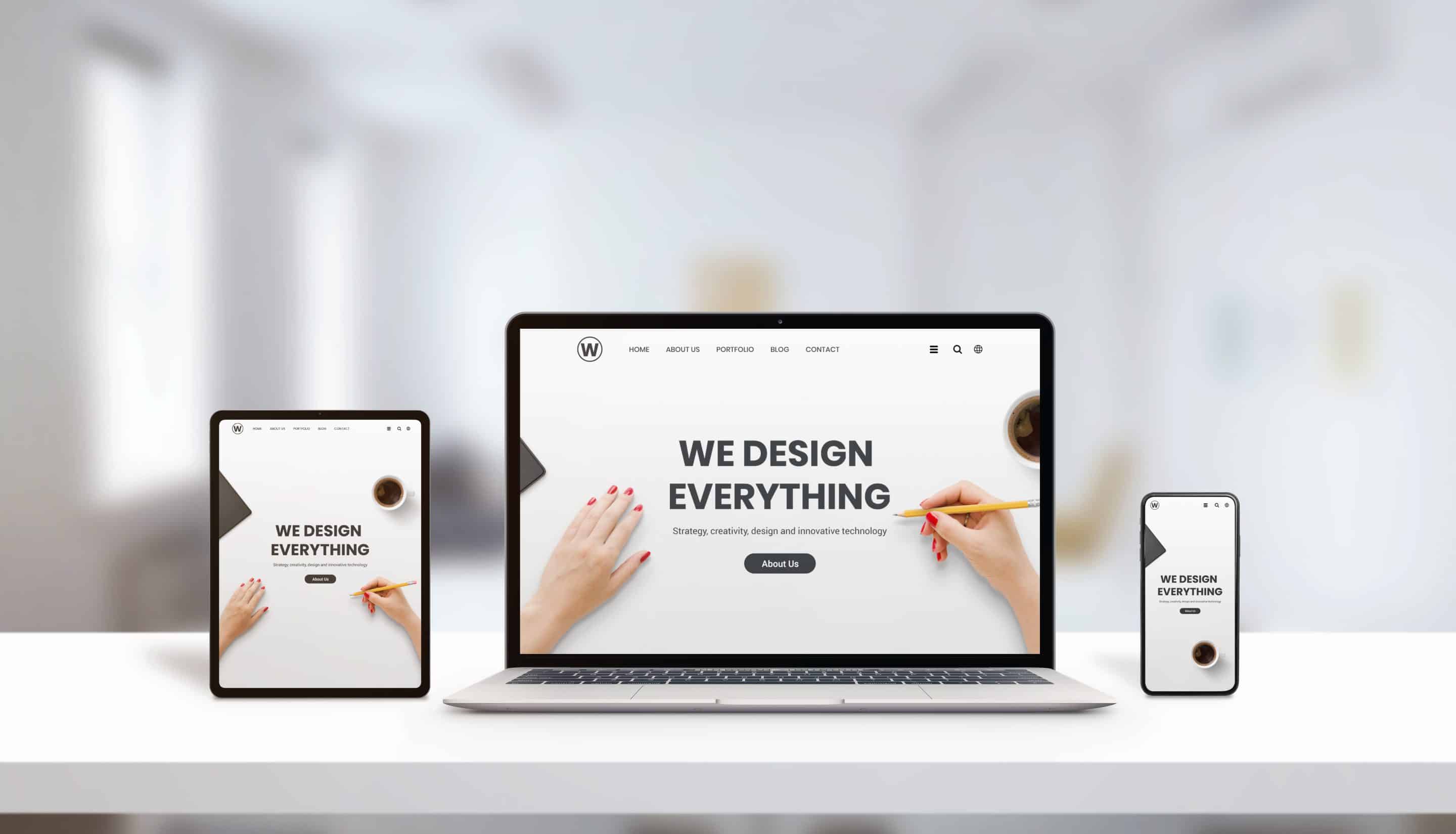











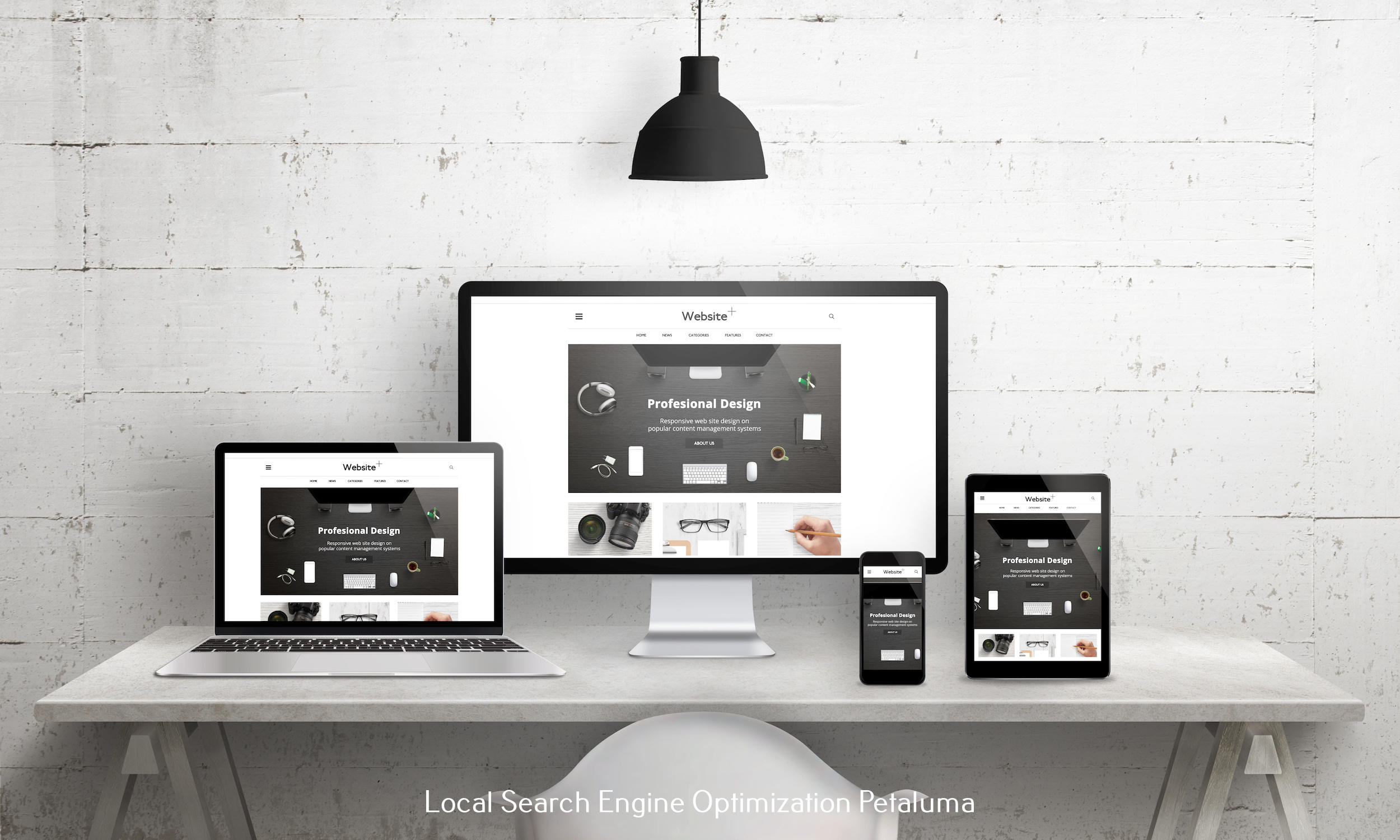



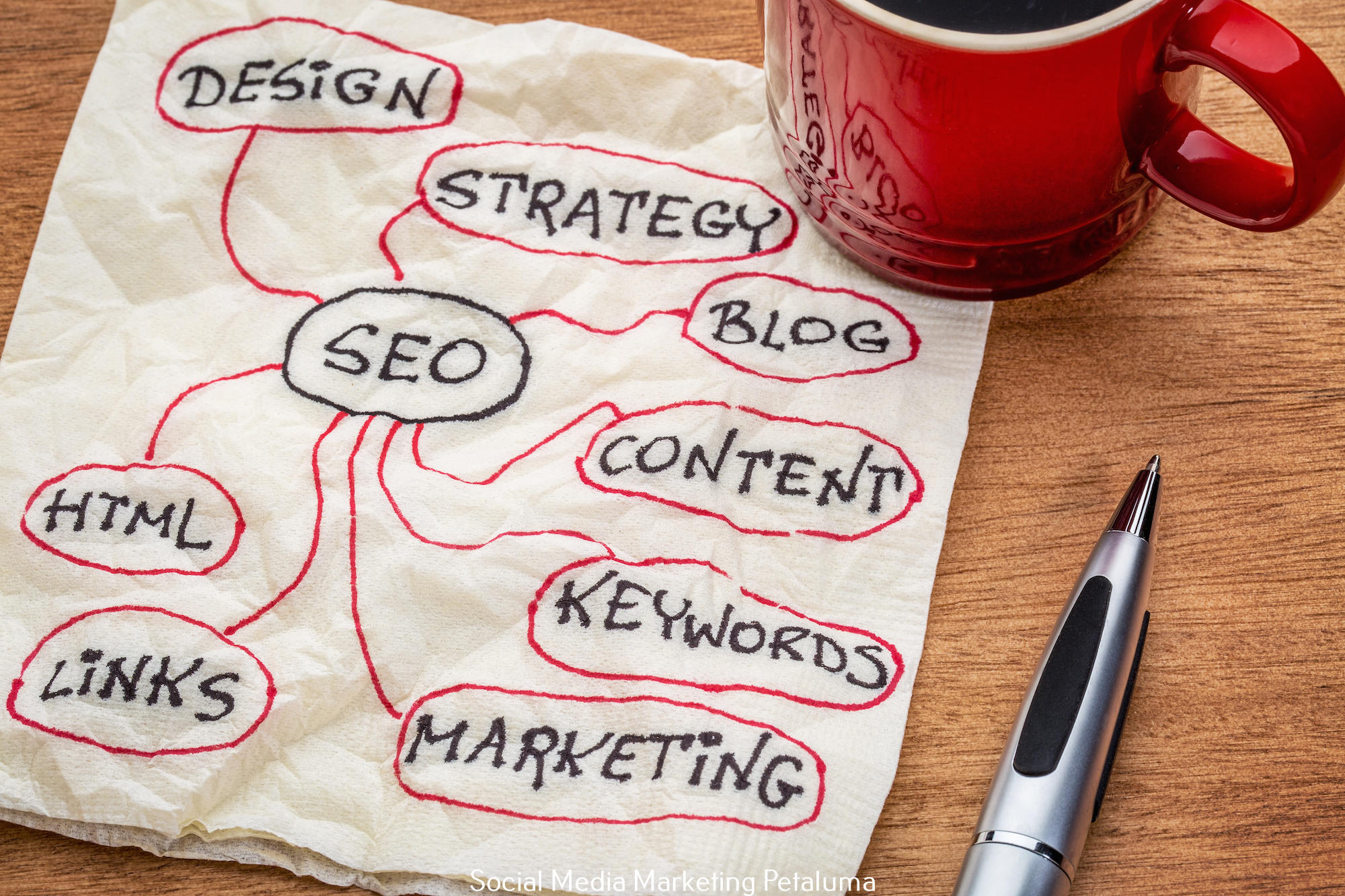

0 Comments